Unsupervised Learning: Clustering
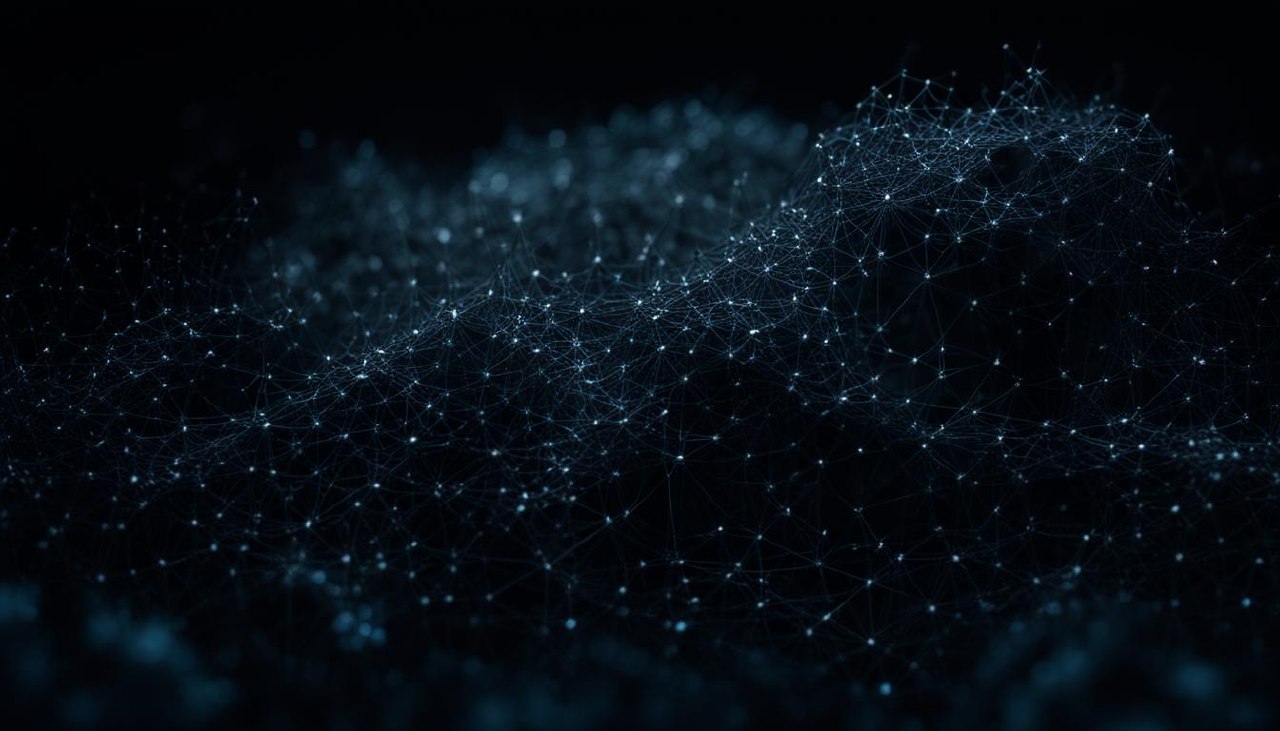
Unsupervised learning clustering is a fundamental concept in machine learning that involves identifying patterns and structures within data without explicit supervision or labeled outputs. In this approach, the algorithm attempts to group similar instances together into clusters based on the intrinsic characteristics of the data.
Key Concepts:
Clustering Algorithms:
- Popular algorithms for unsupervised learning clustering include K-means, Hierarchical Clustering, DBSCAN (Density-Based Spatial Clustering of Applications with Noise), and Gaussian Mixture Models.
Objective:
- The primary objective of clustering is to partition a dataset into groups such that instances within the same cluster are more similar to each other than those in other clusters.
Distance Metrics:
- Common distance metrics used in clustering include Euclidean distance, Manhattan distance, and cosine similarity, which measure the dissimilarity between data points.
Centroid-based vs. Density-based Clustering:
- Centroid-based algorithms like K-means aim to find central points (centroids) for each cluster, while density-based algorithms like DBSCAN identify regions where data points are closely packed together.
Challenges:
- Challenges in unsupervised learning clustering include determining the optimal number of clusters (K), handling high-dimensional data effectively, and assessing cluster quality objectively.
Applications:
Customer Segmentation: Identify distinct groups of customers based on their behavior or characteristics for targeted marketing strategies.
Anomaly Detection: Detect unusual patterns or outliers in datasets that deviate from normal behavior.
Image Segmentation: Partition images into meaningful segments for tasks like object recognition and image compression.
Genomics: Cluster genes based on expression levels to understand genetic relationships and biological functions.
Unsupervised learning clustering plays a vital role in exploratory data analysis, pattern recognition, and dimensionality reduction tasks across various domains such as finance, healthcare, e-commerce, and more. By leveraging these techniques effectively, practitioners can uncover hidden insights from unlabelled data and make informed decisions based on clustered patterns.
Sponsored
Sponsored
Sponsored
Explore More:

Model Evaluation and Selection
Topic model evaluation and selection are crucial steps in the process of building...
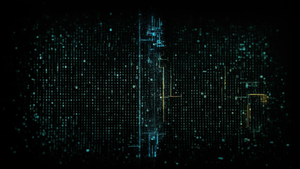
Feature Engineering
Feature engineering is the process of selecting, creating, and transforming features (inputs) in...

Natural Language Processing (NLP)
Natural Language Processing (NLP) is a subfield of artificial intelligence that focuses on...
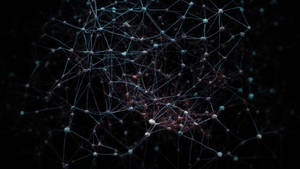
Neural Networks and Deep Learning
Neural networks are a class of algorithms modeled after the human brain's neural...

Reinforcement Learning
Reinforcement learning is a branch of machine learning concerned with how intelligent agents...

Dimensionality Reduction: Autoencoders
Autoencoders are a type of artificial neural network used for learning efficient representations...

Dimensionality Reduction: Factor Analysis
Factor analysis is a powerful technique used in the field of machine learning...

Dimensionality Reduction: Independent Component Analysis (ICA)
Independent Component Analysis (ICA) is a dimensionality reduction technique commonly used in machine...

Dimensionality Reduction: t-Distributed Stochastic Neighbor Embedding (t-SNE)
Dimensionality reduction is a fundamental technique in machine learning and data visualization that...
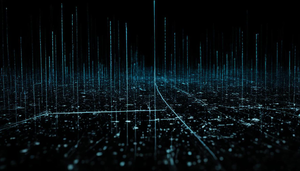
Dimensionality Reduction: Principal Component Analysis (PCA)
Principal Component Analysis (PCA) is a popular dimensionality reduction technique used in machine...
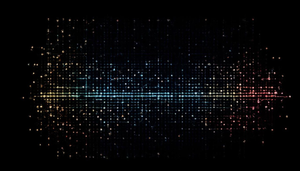
Unsupervised Learning: Dimensionality Reduction
Unsupervised learning dimensionality reduction is a crucial concept in machine learning that deals...
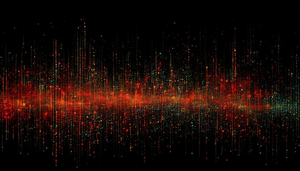
Clustering: Gaussian Mixture Models
Clustering is a fundamental unsupervised learning technique used to identify inherent structures in...

Clustering: DBSCAN
DBSCAN (Density-Based Spatial Clustering of Applications with Noise) is a popular clustering algorithm...

Clustering: Hierarchical Clustering
Hierarchical clustering is a popular unsupervised machine learning technique used to group similar...

Clustering: K-Means
Clustering is an unsupervised machine learning technique that aims to partition a set...
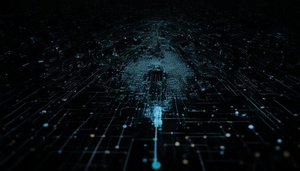
Unsupervised Learning
Unsupervised learning is a type of machine learning where the model is trained...